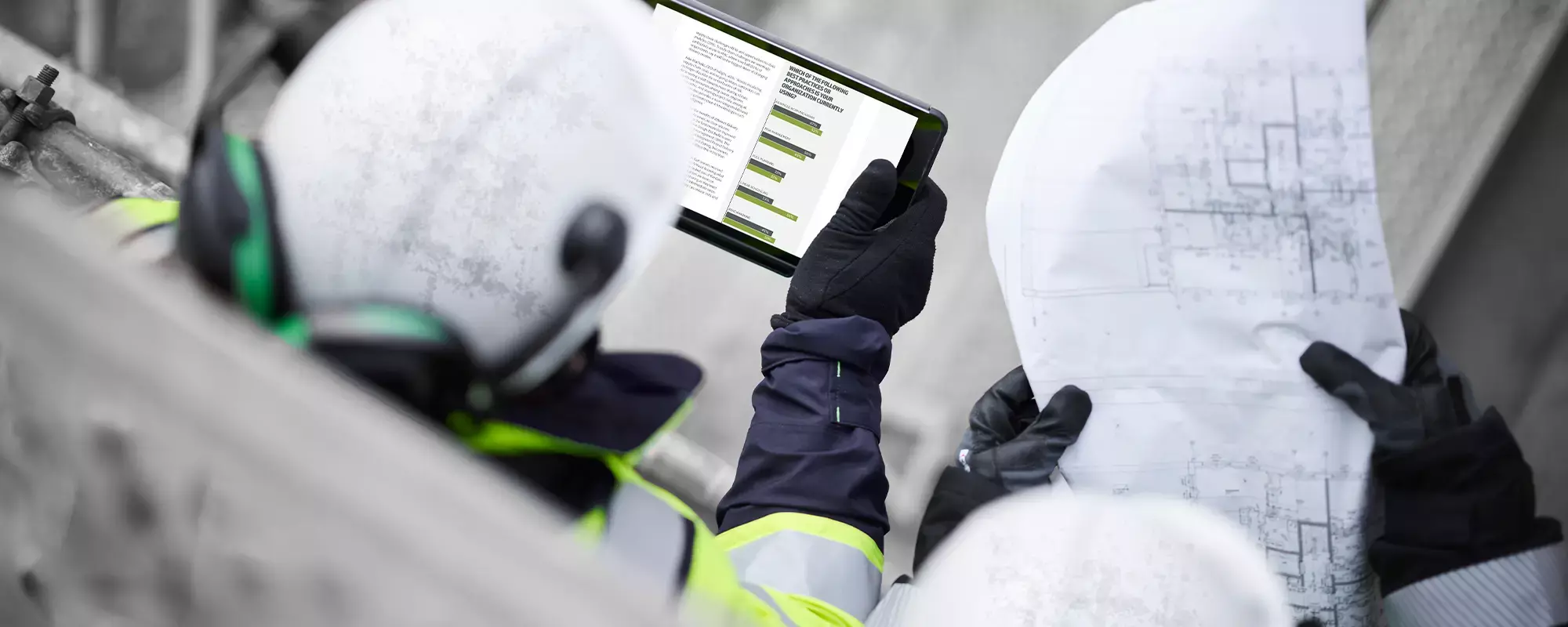Twenty years ago, it might have seemed odd to think of capital construction projects as having a symbiotic relationship with their environment. But today, using building information modeling (BIM), construction design teams are able to take a multifaceted approach to designing with that relationship in mind.
This is because BIM’s virtual 3D viewing capabilities, when combined with augmented reality (AR), give teams a realistic idea of how a structure may look and fit within the context of its surroundings. This has a dual benefit. Designs can be created to minimize the negative impact on the physical landscape and other nearby structures. They may do this while taking advantage of the positive elements unique to the local environment in the form of renewable energy sources — such as solar and wind — for better energy efficiency once the structure is put into operation.
As the most optimal designs are being evaluated, material exploration can become a tangential part of that decision process. With so much existing construction in various states of disrepair, it has highlighted the need for more meaningful choices in materials that not only can withstand the test of time, but that are sustainable, safer for the environment and responsibly sourced.
BIM continues playing a direct role here, enabling design and construction teams to look at material attributes more closely as they virtually test more durable, environmentally friendly resources for their construction projects.
Stemming the tide of waste with BIM
There’s no doubt that sustainable materials are better for the environment than traditional materials for many reasons; lower carbon footprint, less potential for pollution and contamination, and so on. But it’s not enough that sustainable materials are used in capital projects; there must be a corresponding reduction in the amount of resource waste produced.
And this is where BIM can shine extra brightly, especially if implemented upfront. Its early role in a capital project supports construction waste reduction in several ways. Building on the design and material explorations above, experimenting with different virtual design scenarios before erecting anything physical means less waste and improved quality control during construction. But it’s the data linked to each component within the BIM model that takes this a step further. Each component’s highly-detailed information — size, quantity, and lifespan, for example — goes toward creating a more precise procurement list, with less material waste overall that may result from common incorrect quantity ordering.
Another way to reduce waste during construction is through early detection of design conflicts and clashes. BIM’s clash detection capability identifies interferences between physical objects within the model before they’re built into the actual structure and slated for rework. With so much construction waste resulting from rework, preventing these hazards from happening in the first place means there’s no dismantling, materials removal or disposal, or repurchasing of replacement materials to carry out the corrective work.
Mistakes happen, but the severity of their consequences depend on whether they’re discovered and corrected early enough to avoid depleting material supplies and further damaging the environment. This may seem to speak more to process than technology. However, there are two mobile-enabled construction tech options that can help keep environmental mistakes from happening or at least worsening: building commissioning software and punch list software.
When these processes and their respective software solutions are implemented at the start of construction instead of close to the completion date, construction mistake elimination can be more proactive than reactive. Logging errors and defects as they’re discovered turns them into manageable, less wasteful fixes rather than late-stage major rework items that can eat into both labor, money and materials resource availability.
Regulatory Adherence
Green construction is being driven by regulatory compliance as well as environmental awareness. And much like the commissioning process, it requires substantial documentation in order to demonstrate that a project meets environmental standards and requirements.
Construction companies are skipping the clipboards and leveraging the capabilities of construction-specific compliance software out in the field to document regulatory adherence as well as to ensure all the right data is consistently being collected and reported. Where compliance inspections show something may be falling short, it can be noted in the online form so the software can alert the right project team members that it needs attention. This can be a verify-as-you-go process alongside commissioning and rolling punch lists, providing an ongoing narrative of how environmental compliance was managed and substantiated from the beginning, right up until handover. And it can provide the documentation necessary to support earning LEED (Leadership in Energy and Environmental Design) certification.
A realistic future
Construction technology like BIM not only makes it more feasible for engineering and construction companies to be proactive in making their capital projects and other large-scale builds greener, but it also lends transparency to their processes for such project owners as well as regulators and the public at large.
Ready to take a deeper dive? Schedule a consultation and InEight will be pleased to help you on your modeling and digitalization journey.
Sign up for our monthly blog newsletter today and stay up to date on the latest industry news.





